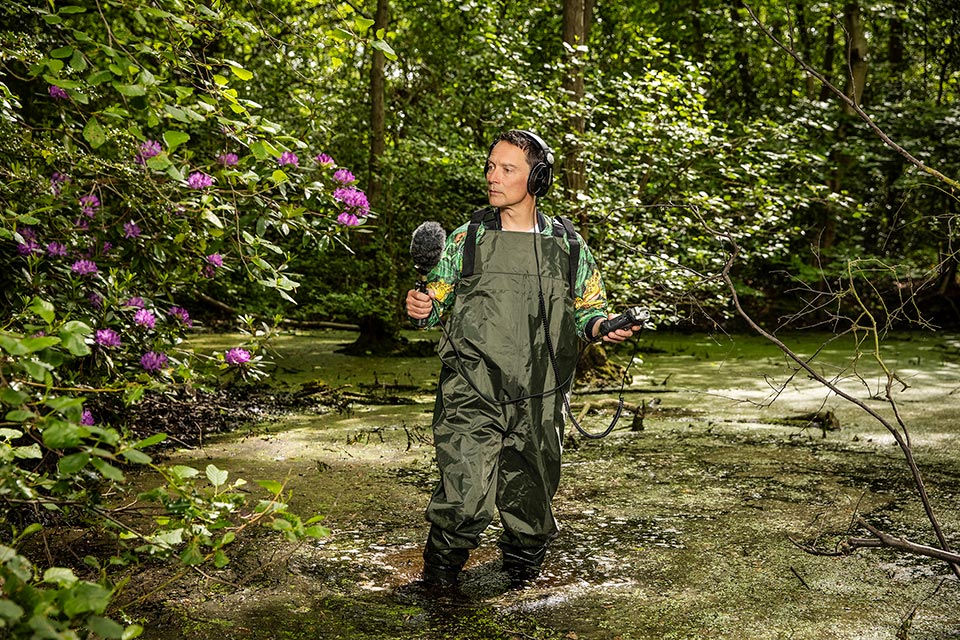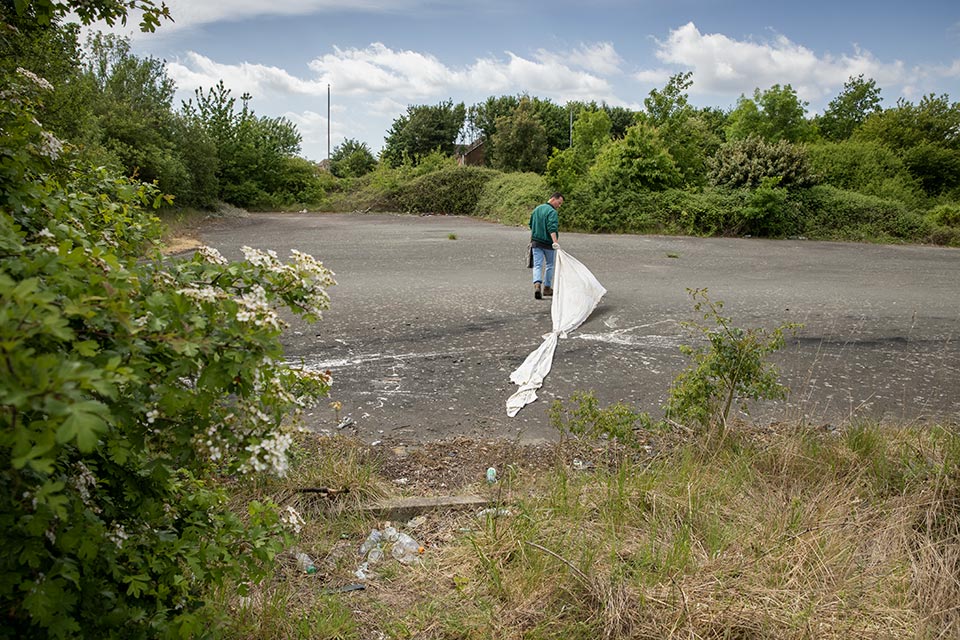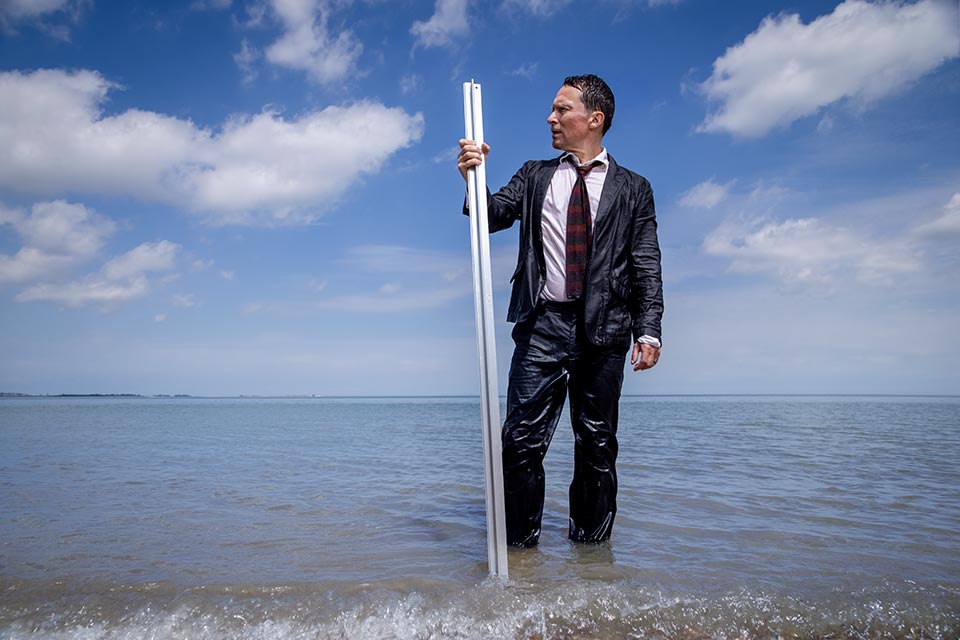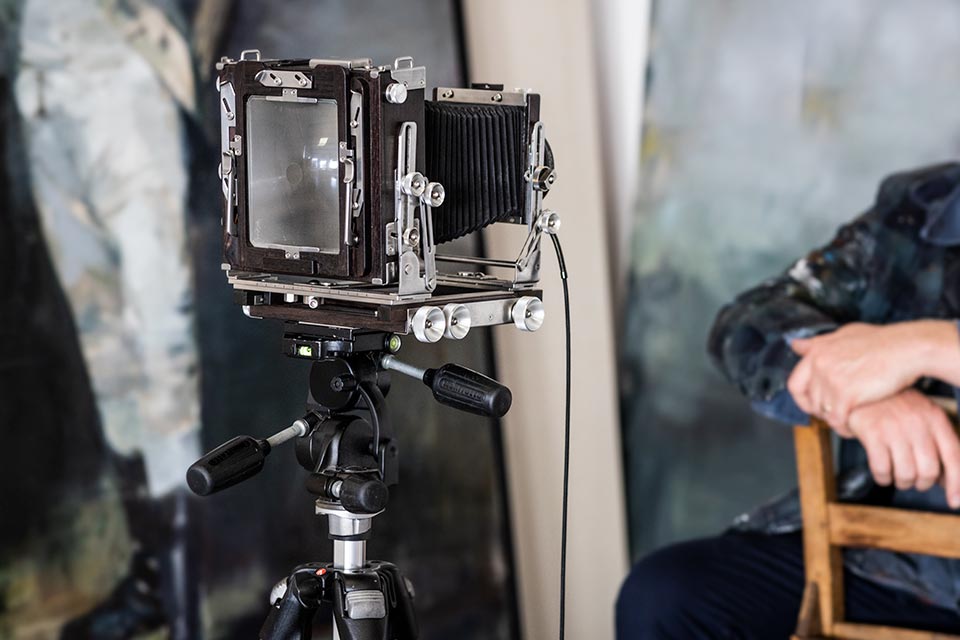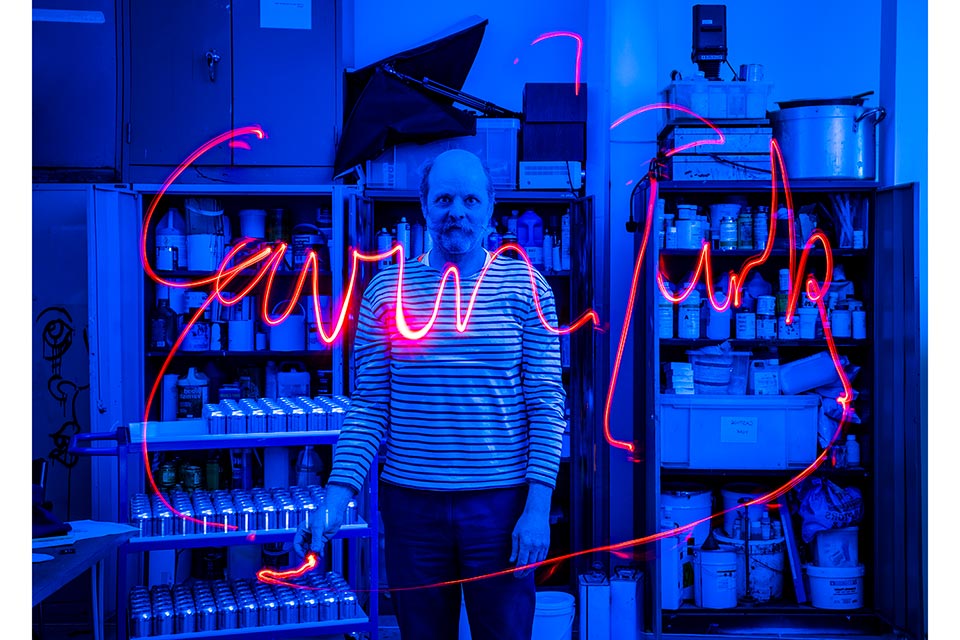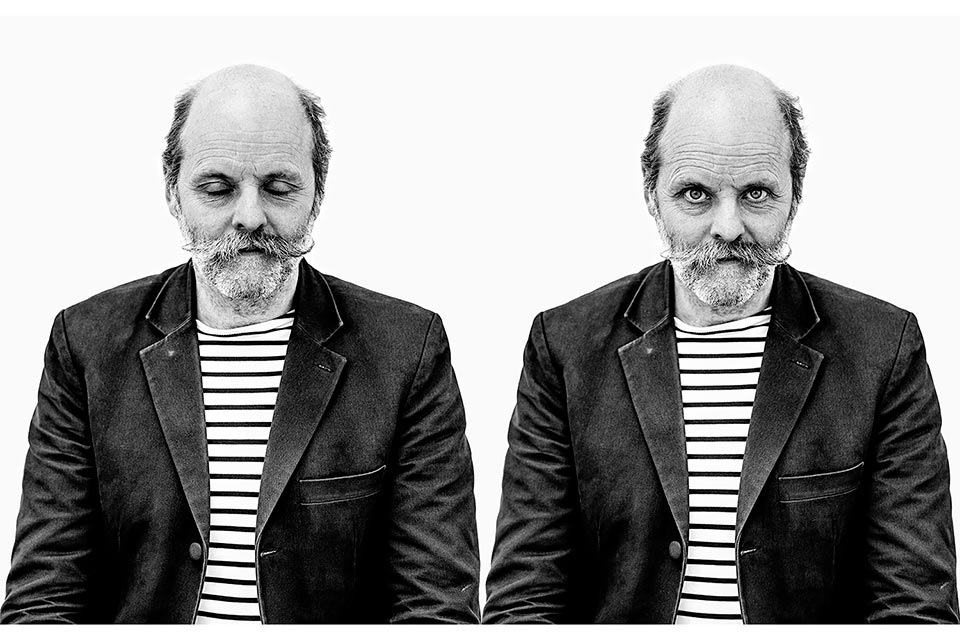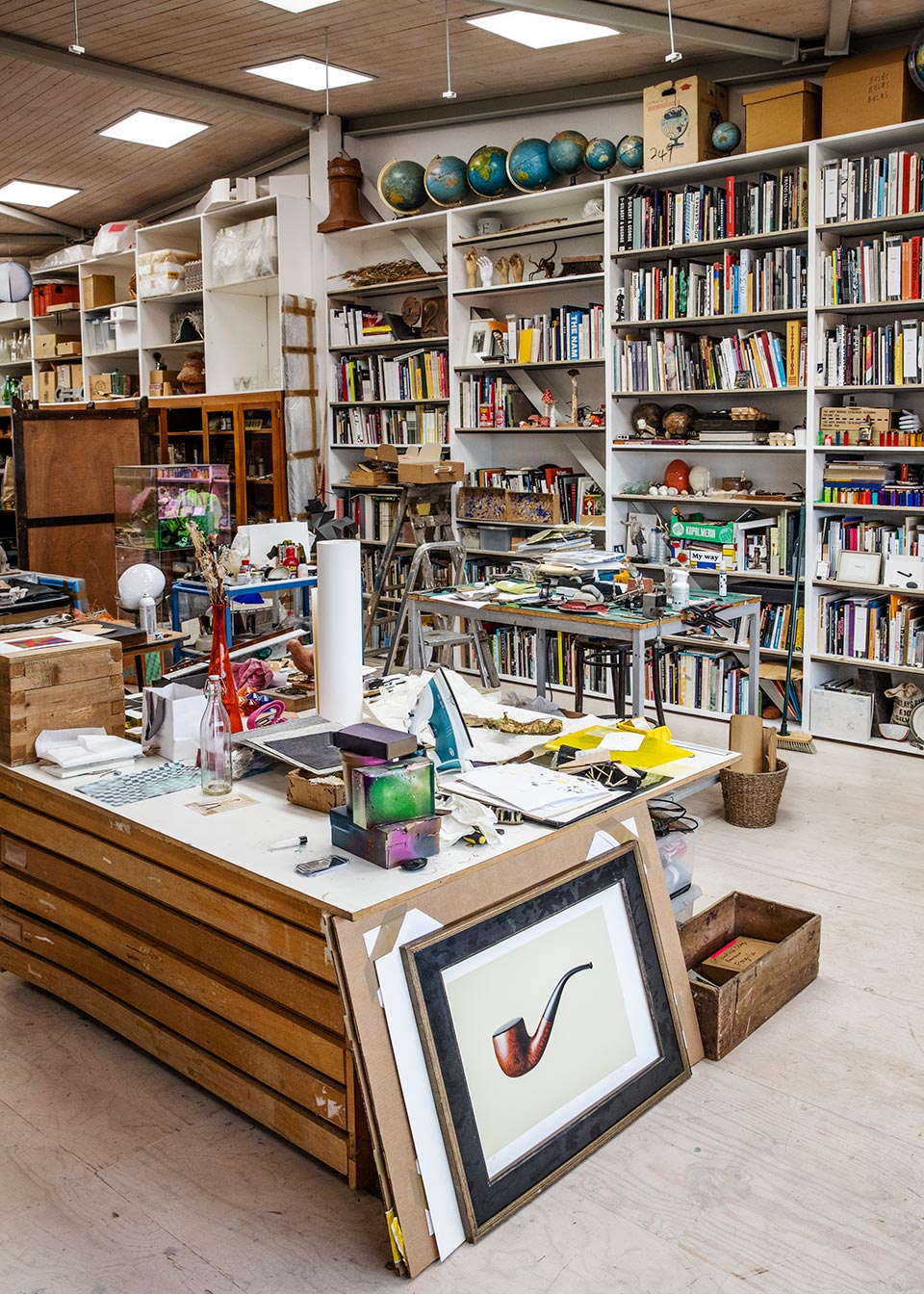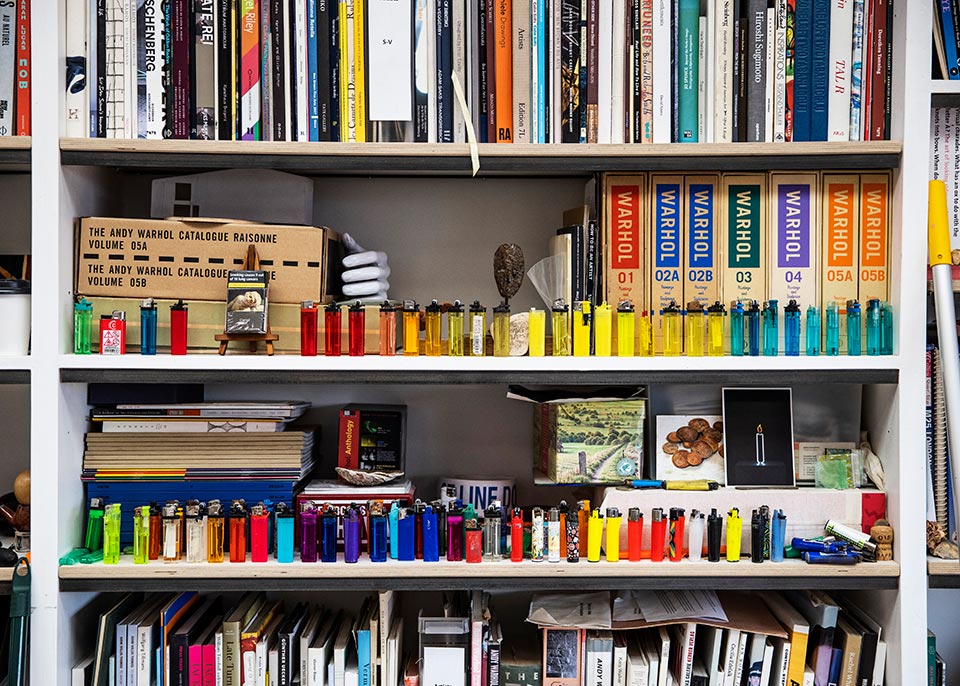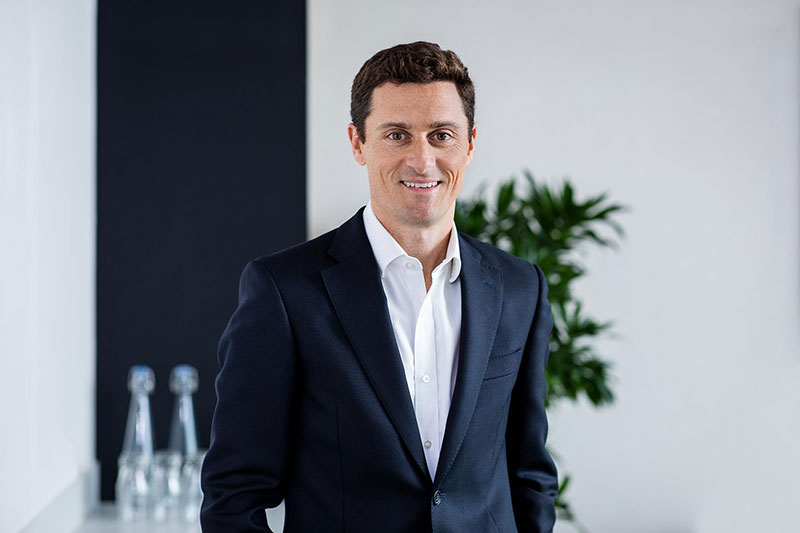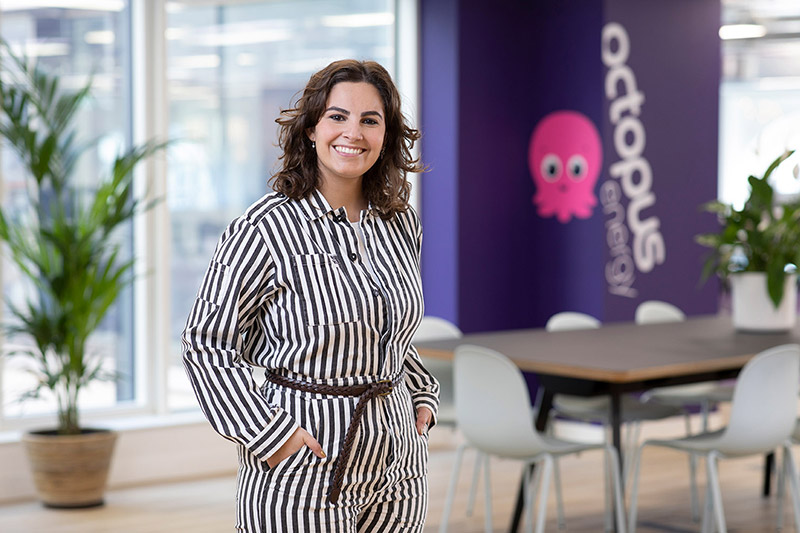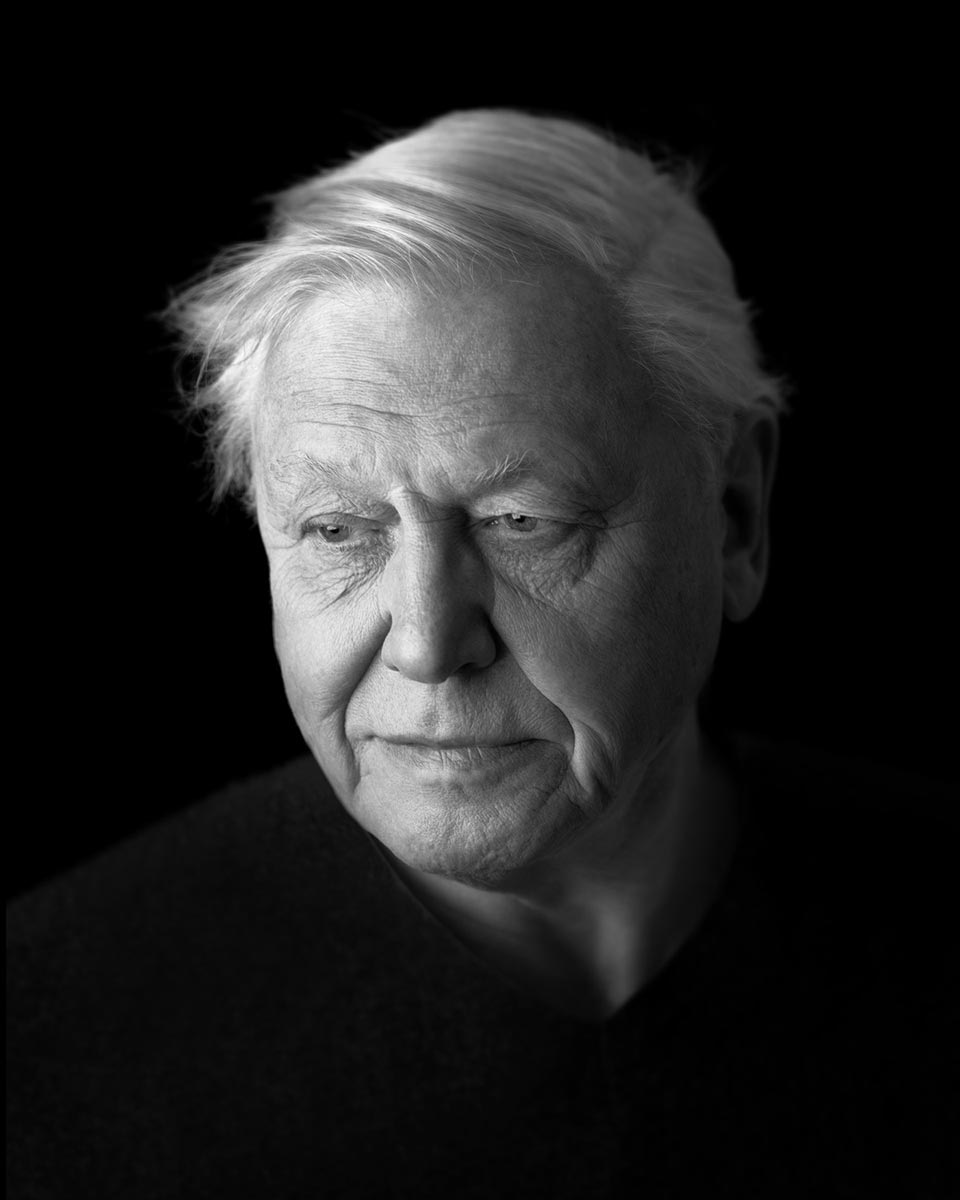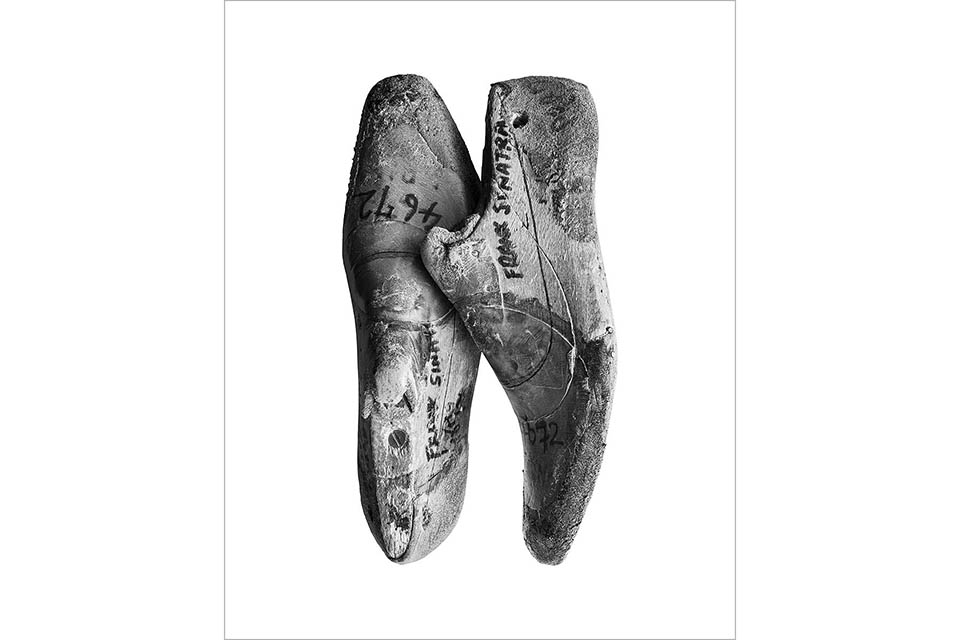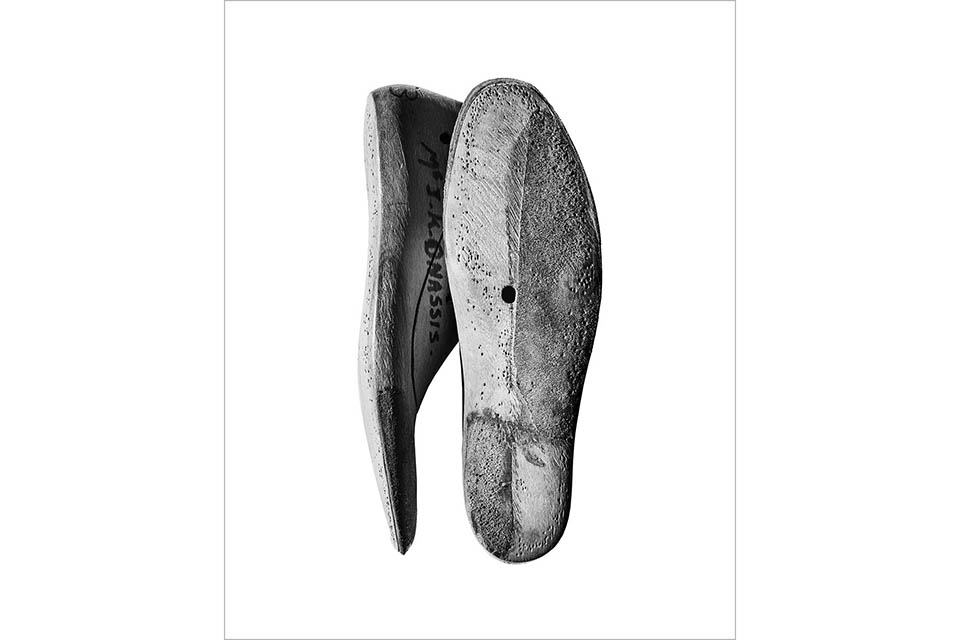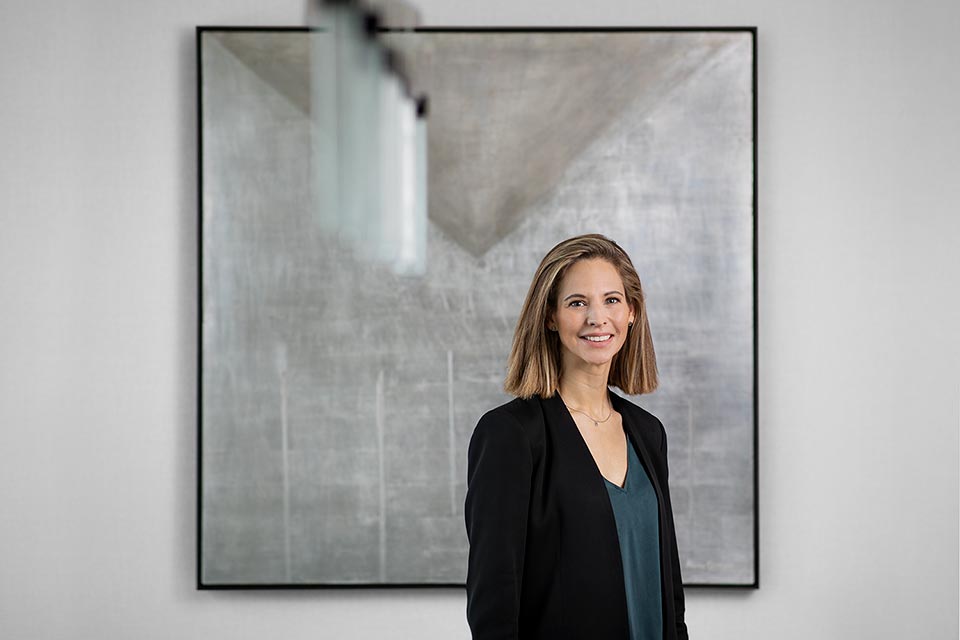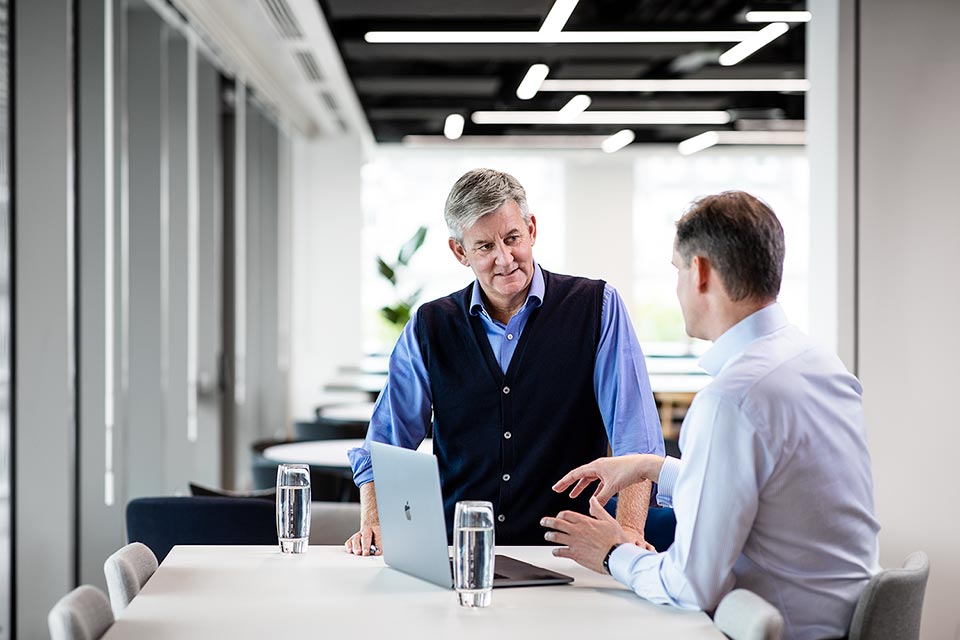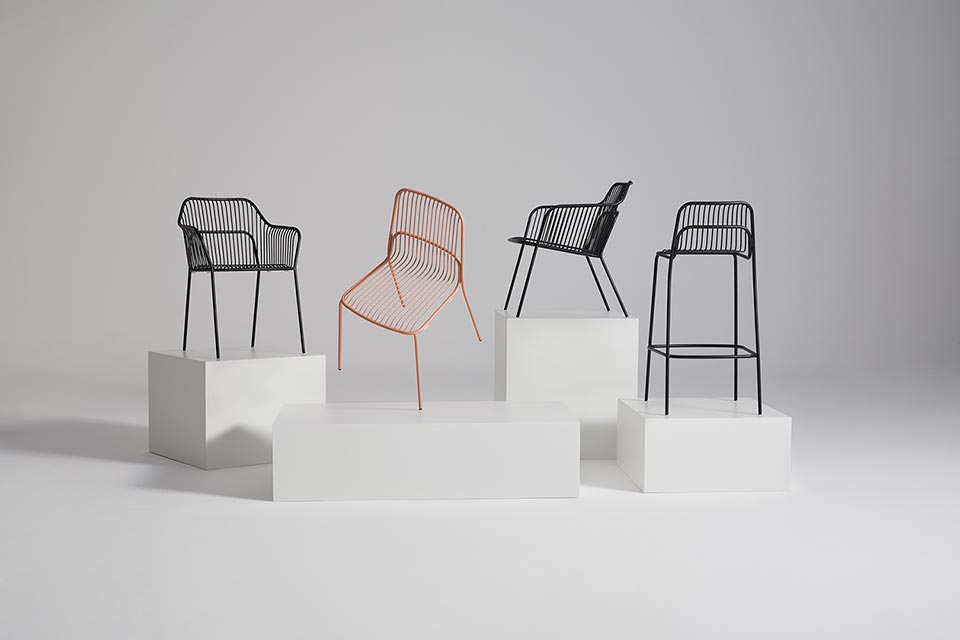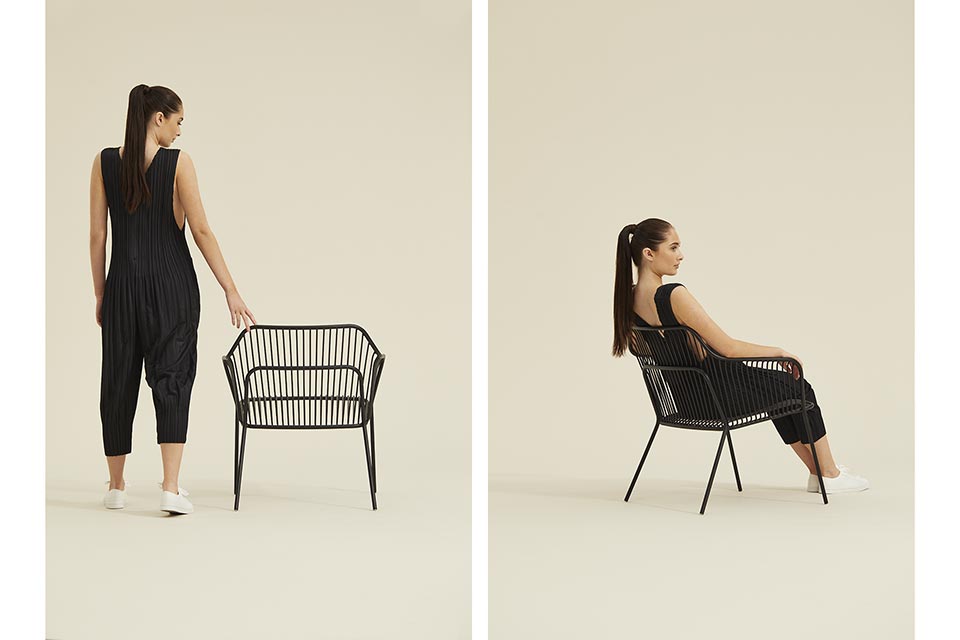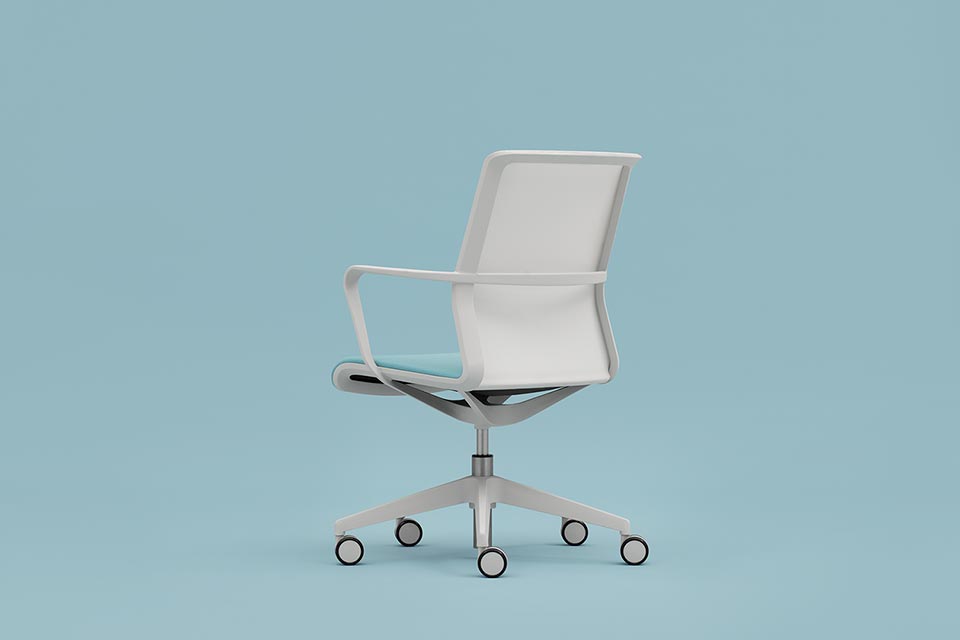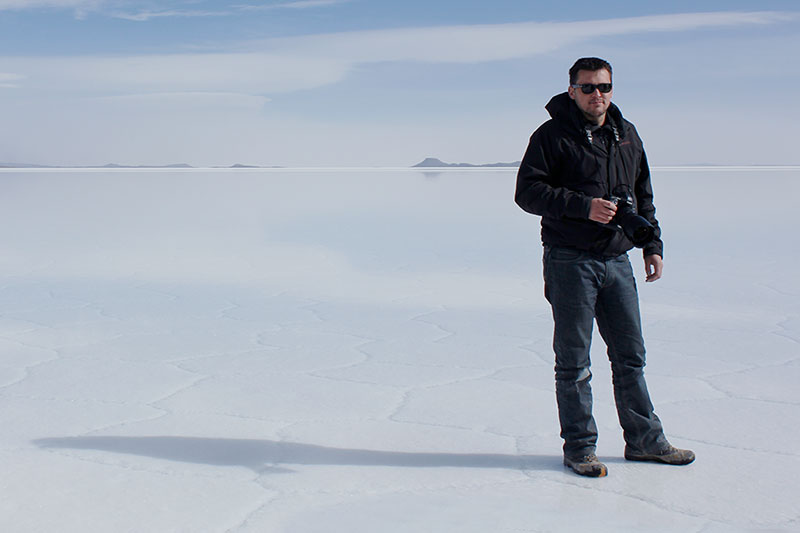
I’ve always loved photography.
It’s been a passion of mine since I was 16 years old. I knew then that I wanted to turn my hobby into a professional career. In 2005, I realised my dream and set up as a freelance commercial professional photographer. I often get asked for advice by budding photographers thinking about turning professional. Here, I share my personal journey and answer some of those questions.
Q: How did you get into photography?
I’ve had various cameras from an early age and always took pictures, but it was only a hobby at that stage. The turning point was meeting a teacher at school who was very passionate about photography. So much so, that he set up a darkroom in the school to give students the opportunity to find out what it was like to shoot film and produce prints. I started with black and white film, using a 35-mm SLR camera and I was hooked, especially producing prints in a darkroom. It’s a bit of a cliche, but to see the image appearing in the chemicals is spellbinding when you first start printing. Producing prints in the darkroom is something I really miss now because it’s just not practical for my commercial work. Digital is far more efficient, but I miss the certain unique elements of using film that are not always carried over into digital photography.
Q: Did you do any photography courses?
I started with a City and Guilds photography course that the teacher was running. He recognised there was sufficient enthusiasm in various students to set up an A-level and I progressed onto that course. It was a very good pathway into the rest of my education along with A-level Art. That combination set me up for my Art Foundation year, which then led on to a degree in photography.
Q: How did you transition from hobbyist to professional?
When I finished my degree at Edinburgh College of Art in 1999, I got a job as a Junior Technician at the college. I then progressed to a Senior Teaching Technician role. It was a great job because teaching the technical aspects of photography is very good for your own technical grounding and personal education. Whilst working there, I started to carry out small photographic jobs on the side. I picked up work for magazines shooting portraits, food, interiors, etc. When I left to become a full-time professional photographer, I already had a portfolio and that’s something I would encourage students to think about.
While you’re studying, think about what happens next. Consider the equipment you own, because a lot of photography students finish their studies and realise that they’ve been relying on the equipment from that course. Some students don’t even own a camera, whereas other students, even though it can be challenging, save up to buy some of the camera and lighting equipment that they need before they graduate. When they leave, they’re ready to hit the ground running.
Having a findable website is really key. You’ll have your professional portfolio online and can get found for the right keywords. That’s how I started to get work.
Q: What advice would you give to your younger self?
I’d advise shooting some black and white film and using a darkroom to produce at least one black and white print. It’s central to the language and roots of photography. There’s an ethos attached to shooting film, that can get lost with shooting digitally.
For example, if you’re using a large format camera, you can only shoot one sheet of film at a time. It might take 20 minutes to take one photograph, potentially a great deal longer. It makes you think about every element more carefully including focus, exposure and composition.
When you take two hours or more to produce a print in a darkroom, it’s a more meditative thought process. I’m not saying that level of thought can’t be applied to digital photography, but when you’re shooting high numbers of images on a digital camera, it’s possible to end up shooting pictures without engaging your mind to the same extent as when shooting large format photographs. Even though I don’t shoot film throughout my working life, I still shoot film for personal projects. I still hold on to that element of extra consideration and thought that it requires. That’s why I would recommend people starting out to shoot some film and produce prints in a darkroom.
Q: What tips would you give to budding photographers?
I would encourage young photographers to hit the books and do a lot of research. I found that really beneficial to my work. During my time at Edinburgh College of Art, I spent a lot of time in the library, working my way through lots of different photographers’ monographs, getting to know their images, and also reading in these books about their work, whether it was an interview or theoretical assessment by art critics. I found all of that research really valuable.
Assisting a range of different photographers is a good thing to do because you will learn different things from different people. I believe that carrying out personal projects, as well as professional work is really important too.
I encourage students to remember that there are many different types of photography you can carry out. Most people see photography as commercial, fashion, or press, whereas there are dozens of photographic roles available. I’m an editorial and commercial photographer, but there’s a need for forensic, archival, medical, and museum photographers for example.
Q: What’s been your career highlight?
My highlight was the combination of winning the Taylor Wessing Photographic Prize in 2006, which led to a commission from the National Portrait Gallery to shoot a portrait photograph of Sir David Attenborough.
Q: What challenges have you had in your professional career?
The challenge of working as a freelance photographer is the consistency of work. You can have ups and downs with very busy periods followed by lulls. When it’s relatively quiet, I try to appreciate having that time. If you’re busy with commercial work all the time, you can’t work on personal projects and I feel that’s really important.
Q: What’s the worst advice you’ve ever been given?
I was given many reasons not to become a professional photographer, such as I’d never be able to afford the equipment or go on holiday because I’d lose all my clients. It was very negative and pessimistic advice that luckily, I didn’t pay any attention to. I’d always wanted to become a professional photographer and turn my passion into an enjoyable, rewarding career.
Read the full story of ‘The Day I Photographed Sir David Attenborough’.
